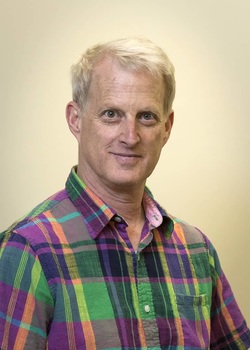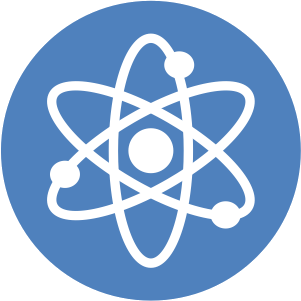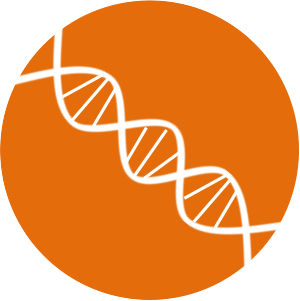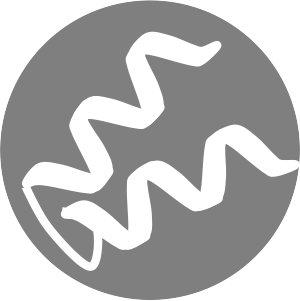|
Specialties
|
Biography
InterestsDNA is often damaged by UV radiation penetrating the ozone layer. The Stanley group uses ultrafast laser spectroscopy and biochemistry to understand the mechanism of DNA repair by DNA photolyase. Photolyase is a flavoprotein that uses light to drive an photoinduced electron transfer reaction repairing the bound DNA lesion. We are using ultrafast laser and biochemical techniques to unravel the substrate binding and repair mechanism.
We are also interested in how the redox properties of flavoenzymes are tuned by the protein binding site. We are studying these interactions quantitatively using Stark spectroscopy. Select PublicationsMohamed-Raseek, N.; van Galen, C.; Stanley, R.; Miller, A. F. Unusual Reactivity of a Flavin in a Bifurcating Electron-Transferring Flavoprotein Leads to Flavin Modification and a Charge-Transfer Complex. J. Biol. Chem. 2022, 298 (12), DOI: 10.1016/j.jbc.2022.102606
Jacoby-Morris, K.; Barnard, D. T.; Narayanan, M.; Byrne, M.; McBride, R. A.; Singh, V. R.; Stanley, R. J. A Comparison of the Ultrafast Excited State Quenching of Solution State Flavin 1,N6-Ethenoadenine Dinucleotide to Flavin Adenine Dinucleotide by Optical Spectroscopy and Quantum Mechanical Calculations. Photochem. Photobiol. Sci. 2021, van Galen, C.; Barnard, D. T.; Stanley, R. J. Stark Spectroscopy of Lumichrome: A Possible Candidate for Stand-Off Detection of Bacterial Quorum Sensing. J. Phys. Chem. B 2020, 124 (52), 11835-11842 DOI: 10.1021/acs.jpcb.0c09498 Stanley, R. J.; van Galen, C. J. Measuring Electronic Structure Properties of Flavins and Flavoproteins by Electronic Stark Spectroscopy. In Methods in Enzymology, Palfey, B. A. Ed.; New Approaches for Flavoenzyme Catalysis, Vol. 620; Elsevier, 2019; pp 215-250. Bialas, C.; Barnard, D. T.; Auman, D. B.; McBride, R. A.; Jarocha, L. E.; Hore, P. J.; Dutton, P. L.; Stanley, R. J.; Moser, C. C. Ultrafast Flavin/Tryptophan Radical Pair Kinetics in a Magnetically Sensitive Artificial Protein. PCCP 2019, 21 (25), 13453-13461 DOI: 10.1039/c9cp01916b Narayanan, M.; Singh, V. R.; Kodali, G.; Moravcevic, K.; Stanley, R. J. An Ethenoadenine FAD Analog Accelerates UV Dimer Repair by DNA Photolyase. Photochem. Photobiol. 2017, 93 (1), 343-354 DOI: 10.1111/php.12684 Munshi, S.; Rajamoorthi, A.; Stanley, R. J. Characterization of a Cold-Adapted DNA Photolyase from C-Psychrerythraea 34H. Extremophiles 2017, 21 (5), 919-932 DOI: 10.1007/s00792-017-0953-z Pauszek, R. F.; Kodali, G.; Siddiqui, M. S. U.; Stanley, R. J. Overlapping Electronic States with Nearly Parallel Transition Dipole Moments in Reduced Anionic Flavin Can Distort Photobiological Dynamics. J. Am. Chem. Soc. 2016, 138 (45), 14880-14889 DOI: 10.1021/jacs.6b06449 |




















